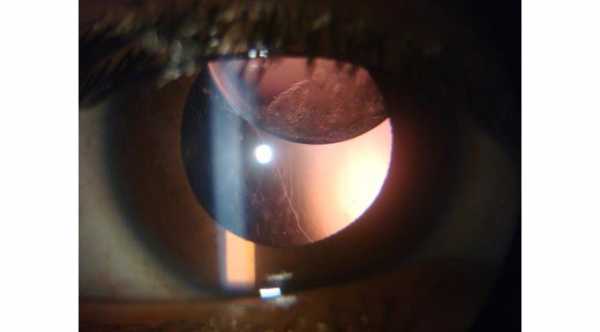
Weill Marchesani Syndrome
Weill Marchesani Syndrome is a connective tissue disease of early childhood that has systemic and ocular manifestations.
How Weill Marchesani Syndrome is inherited?
- Autosomal Dominant
Mutation in FBN1 gene. This gene encodes fibrillin which is a glycoprotein. Fibrillin is very important in the structure of the connective tissue.
- Autosomal Recessive
Mutation in 19p13.3-p13.2 gene.
Ocular Manifestation of Weill Marchesani Syndrome
This syndrome affects mainly the natural crystalline lens. The lens is smaller than normal with a sphere shape and it is called microspherophakia. Microspherophakia can cause refractive myopia and astigmatism which sometimes can't be corrected with eyeglasses or contact lenses.
The zonules that are attached to the lens to stabilize it are weak because fibrillin is a very important component of zonules and with abnormal fibrillin, the zonules are weak. Weak zonules can cause ectopic lentis which is lens subluxation and dislocation.
Subluxation or Dislocation of microspherophakia can occur forward, to the anterior chamber of the eye and cause papillary block. Blockage of the pupil can induce high intraocular pressure or glaucoma and this type of glaucoma is called angle closure glaucoma which is an emergency condition that should be treated as soon as possible.
Subluxated lens can cause myopic and astigmatic changes which not always can be corrected with eyeglasses or contact lenses.Sometimes, the whole lens is dislocated to the anterior chamber, causing damages to the endothelial layer of the cornea.
Sometimes, the whole lens is dislocated backward, to the vitreous leaving the patient aphakic (without lens) with very poor vision.These patients also have asymmetrical lengths of his eyes and early vitreous liquefaction.
Systemic Manifestation of Weill Marchesani Syndrome
1- Short stature.
2- Joint stiffness.
3- Brachydactyly. Short fingers and Toes.
4- Mental Retardation.




